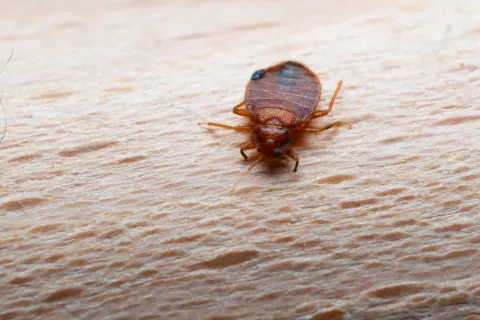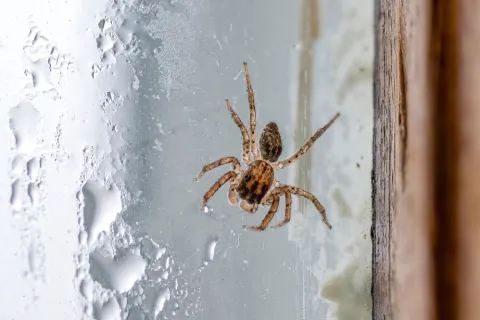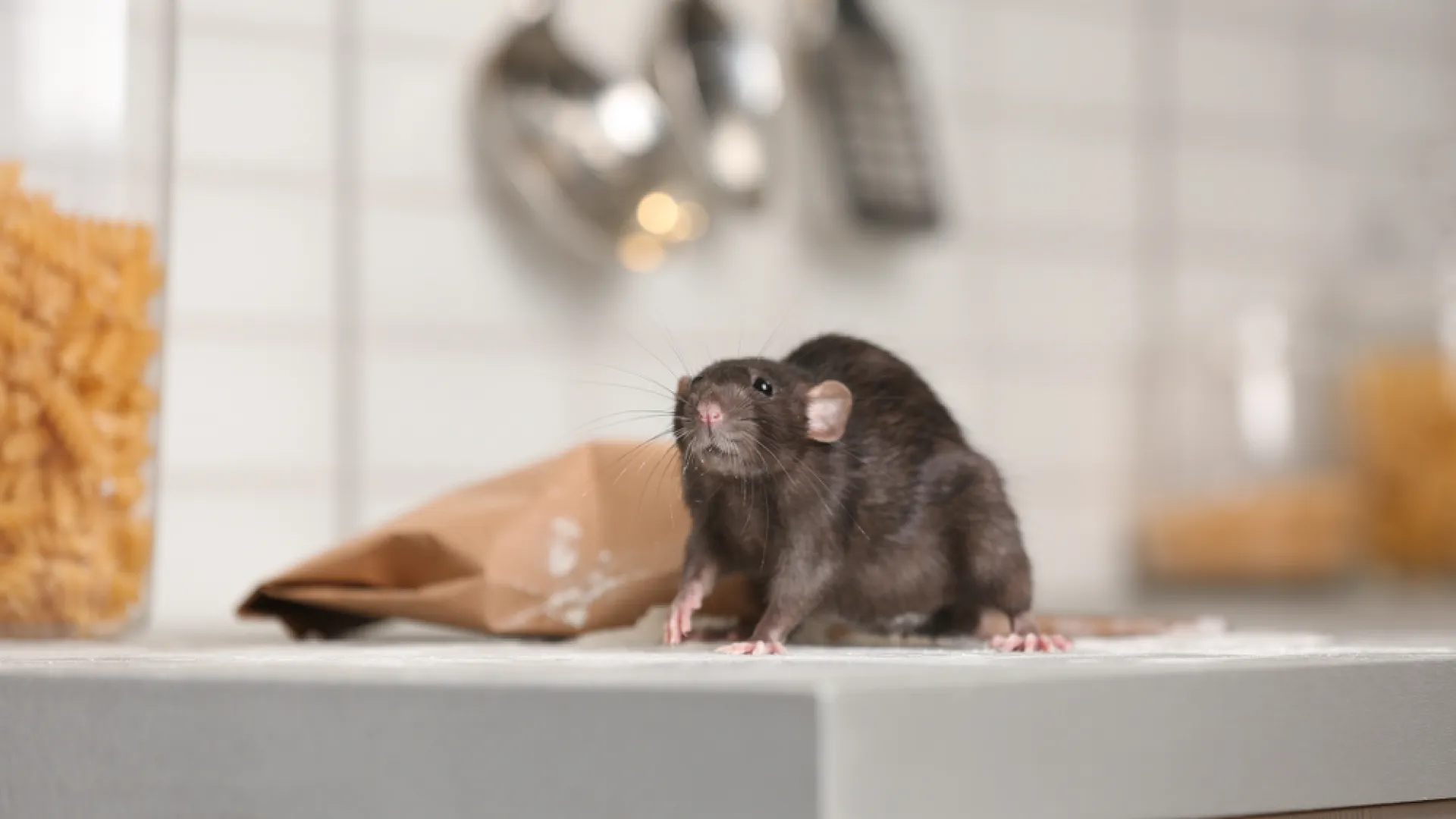
Rodents
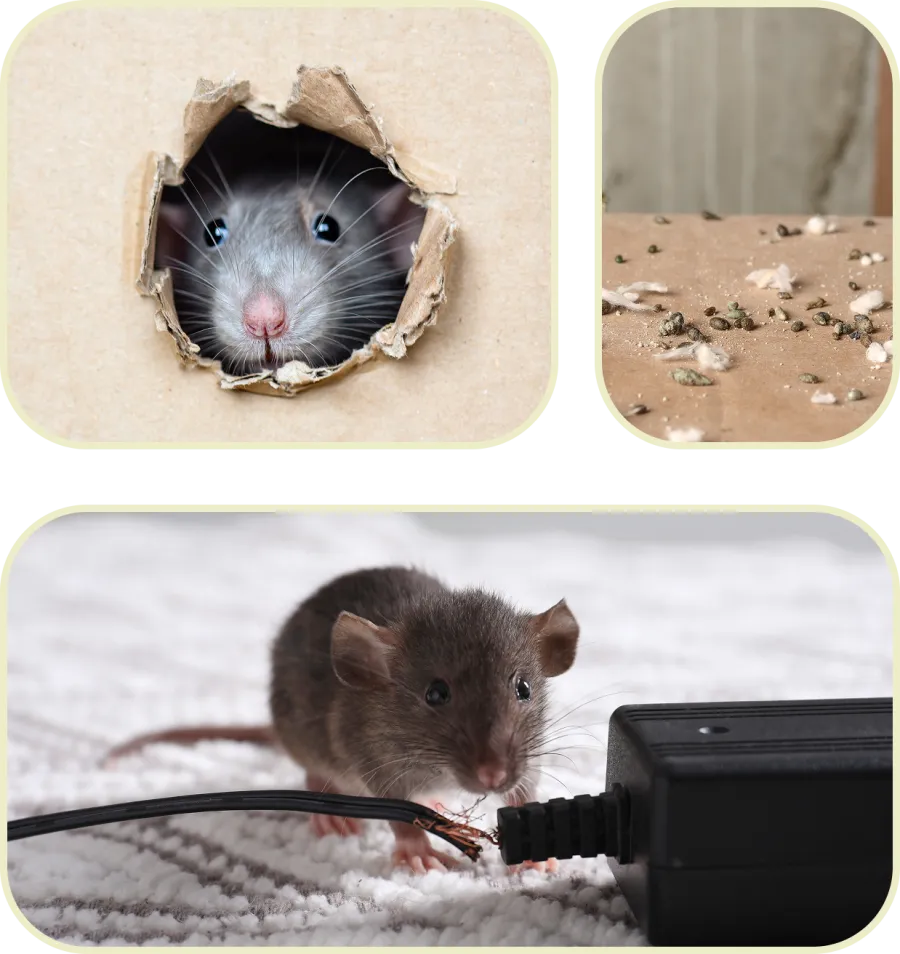
Rodent Identification (Rodentia)
What are rodents?
Rodents are small mammals characterized by having two incisors which must be kept short by gnawing as they grow continuously. In Washington, the most common rodents homeowners come up against are mice and rats. Rodents have a long history of spreading diseases, damaging property, playing host to parasites, and generally causing all manner of problems when they are allowed into human structures. Rodents can damage your home, destroy your personal items, and put your family at risk of disease and infection. Read on to find out more about rodents, the problems they cause, and why preventing them from getting into your home or business is essential.
Types Of Rodents In Western Washington
Deer Mice
The deer mouse are small rodents measuring about 5 to 8 inches in length. They have brown fur on their backs with white feet and underbelly. The name "deer mouse" comes from this color patterns, making them resemble a white tailed deer. Deer mice move about on the forest floor beneath the concealing cover of the leaf litter, and they nest in well hidden burrows, rock crevices, brush piles, and tree holes. Their coloration gives them natural camouflage in these locations.
Deer mice often nest in sheltered outdoor areas such as old fence posts, hollow tree logs or piles of debris. During the winter months, deer mice may invade homes, garages, sheds or rarely used vehicles to seek shelter. Inside, attics and basements make the ideal deer mouse habitat. The deer mouse also builds its nest in storage boxes, stuffed furniture, drawers and wall voids.
House Mice
House mice are a small species of rodent that are among the most recognizable rodent species in the country. The house mouse grows to between 5 ½ and 7 inches in length with large, rounded ears and scaly tails. Their fur ranges in color from grayish-brown to almost black, with lighter colored undersides, usually tan or off-white. Their other distinguishing features are their small pointed noses and their continuously growing front incisors that they must constantly wear down by gnawing.
Mice are typically attracted to properties that offer them easy access to food, water, and shelter. Bird feeders, unsecured garbage cans, woodpiles, gardens, and compost piles can all attract mice to your property. While mice can enter homes, garages, sheds, and other buildings any time of the year, they are especially problematic in the late fall when they are trying to secure a place to overwinter. Mice can enter buildings by squeezing their bodies through very small spaces; once inside, they are typically found hiding in places that are close to food sources including behind walls, in crawl spaces, behind large appliances, in attics, and in the back corners of cabinets.
White-Footed Mice
The white footed mouse grows to about six inches in length and is distinguishable by its dark brown upper body coloration with white, sock-like feet.
White-footed mice are omnivorous, and eat seeds and insects. They are timid and generally avoid humans, but they occasionally take up residence in ground-floor walls of homes and apartments, where they build nests and store food. Even though these mice are usually found outside, they may enter human structures during colder months in search of food and water. They typically enter campers, storage sheds, garages, and residential homes.
Field Mice
Field mice, also known as meadow voles, are stout rodents ranging between six and seven inches in length with coarse brown fur and light gray or white undersides. They have short, furred tails that reach twice as long as their hind feet.
Field mice are commonly seen near wooded areas with thick brush. While field mice don't typically enter homes and workplaces, they can wander into buildings through cracks in foundations or loose doors and windows. Homeowners may also unknowingly carry them inside in bundles of firewood. More often, the pests harm the lawns and gardens of private residences, commercial farms, and other businesses. Their small size helps them hide in tall grass, squeeze through gaps in fences, and get into orchards.
Norway Rats
The adult Norway rat grows to between 7 and 9 ½ inches in length with a strong, stocky body built for swimming. Norway rats have a rounded blunt nose, protruding small black eyes, small ears, and a bi-colored tail (darker on top, lighter on the bottom). Their fur is brown and is speckled with black hairs; the fur on their underbelly is lighter in color-usually gray or white.
Because of their heavy bodies, they aren't great climbers, so instead of climbing into the attic they typically invade basements and the first floors of homes.
Roof Rats
Roof rats are dark brown or black in color and reach about 6-8 inches in length. The body of the roof rat has a long, thin, delicate build and grows to between 6-8 inches in length. Their long scaly tail adds another 6-8 inches to their total body length. Roof rats have a pointed nose, large ears and large eyes.
Unlike their Norway rat cousins, roof rats are built for climbing, and are often found climbing trees in order to access buildings through the roof.
Black Rats
Black rats are small relative to most rats, about 5-7 inches long. Despite its name, the black rat can actually come in several colors, though naturally is usually black on the back with a lighter underside. The black rat also has a scraggly coat, and is slightly smaller than the brown Norway rat. Black rats are generalist omnivores. They are serious pests to farmers as they eat a wide range of agricultural crops.
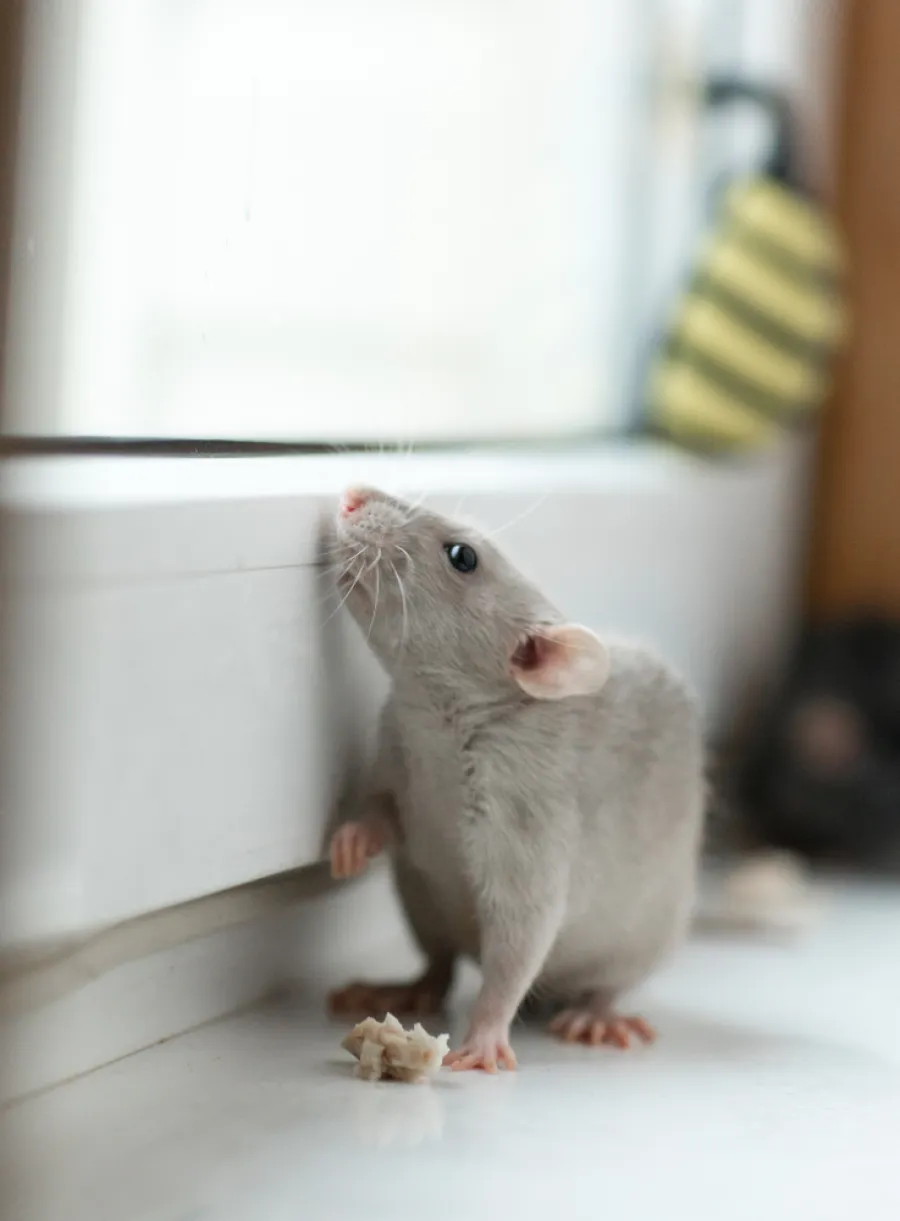
Are rodents dangerous?
Rodents are among the worst pests in the world, considered to be dangerous to both people and property. Rodents can cause a lot of damage to the structure of a home and to personal belongings because of their constant need to chew. They can spread many serious diseases including lymphocytic choriomeningitis (LCM), salmonellosis, dysentery, and leptospirosis; and they can introduce parasites like fleas, mites, and ticks into your home.
If that wasn't enough, while foraging for food and water sources in your home, they will cause food in kitchen and pantry areas and food prep areas to become contaminated with their urine, feces, and saliva. They can even bring parasites like fleas and ticks inside with them as well.
Rats and mice have long been documented as carriers of serious diseases, including:
- Lymphocytic choriomeningitis
- Salmonellosis
- Mycoplasma
- Leptospirosis
- Dysentery
- Hantavirus
- Lyme disease
- Plague
- Typhus
- Weil's disease
- Toxoplasmosis
- Trichinosis
Rodents are also known to chew through wires and rip up insulation, creating a potential fire hazard. They'll destroy any items they find in attics or garages, while their fecal dropping and rub marks will further ruin your home and property. Mice and rats will both chew holes through the walls and invade cabinets in search of food. In fact, rats have been known to chew through wire mesh, cinder blocks, aluminum, concrete, and brick. Simply put, no one wants rodents in their home.
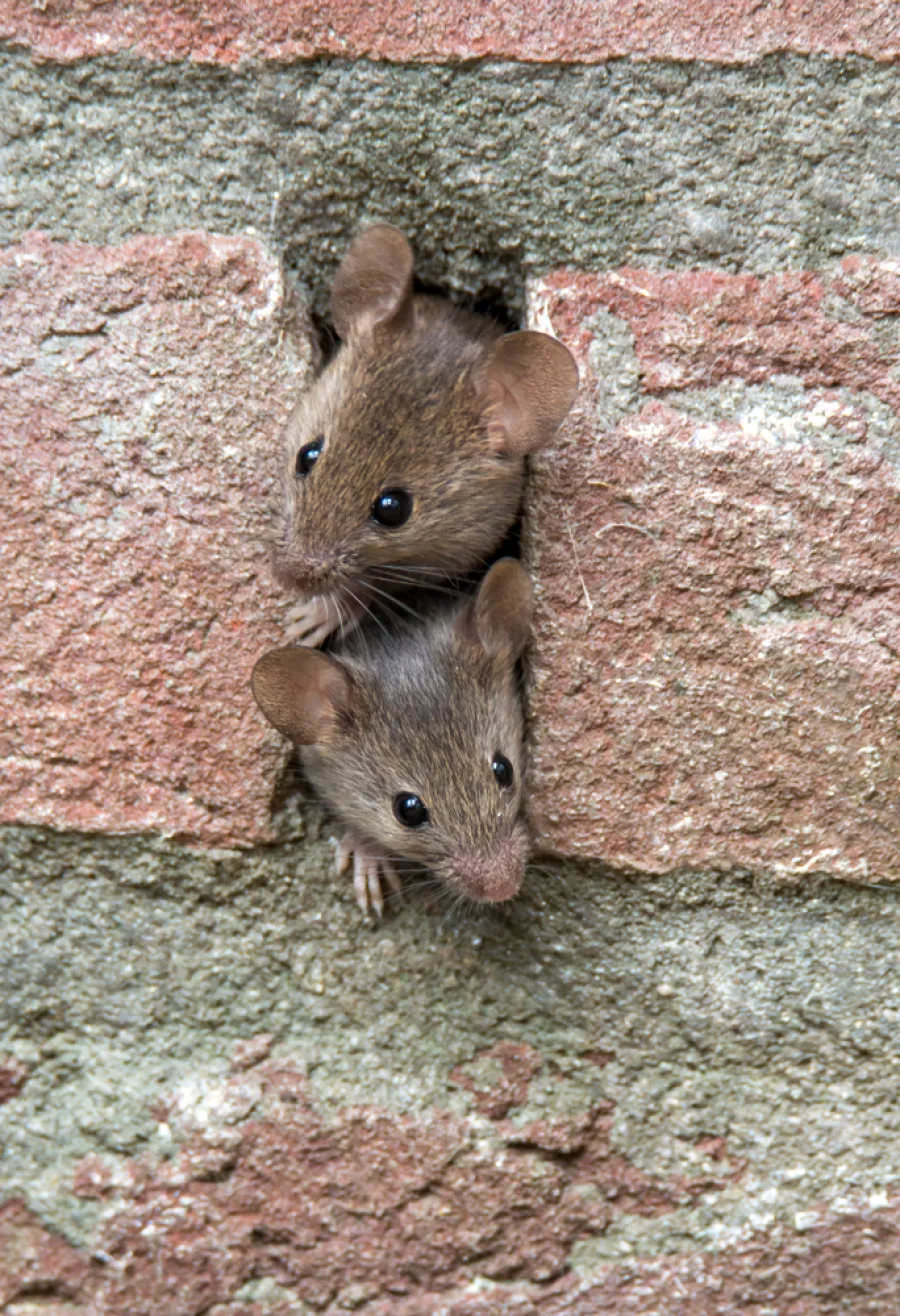
Steps You Can Take To Prevent Rodents In Western Washington
Rodents are attracted to properties, homes, and other buildings that offer them easy access to warm shelter, water, and food. Compost piles, open trash cans, gardens, and pet food can all initially attract rats to a property. Rodents typically become more of a problem for property owners in the late fall when they are actively searching for a place to overwinter in.
With all the problems and dangers rodents bring, it's essential that you take measures to prevent them if you hope to keep your home safe and secure.
Here are some tips you can try:
- Thoroughly inspect the exterior walls and foundation of your home for any cracks, crevices, or spaces, and seal them immediately.
- Make sure that both interior and exterior garbage cans have tight-fitting or locking lids on them.
- Caulk gaps around windows and doors and install door sweeps on exterior doors.
- Place tight-fitting caps on your chimneys, make sure vent covers are secure, and seal spaces around utility lines and pipes that enter your home.
- Store woodpiles, compost piles, and garbage cans a good distance away from the outside of your home.
- Trim back trees and shrubs from your home's exterior, especially the roofline.
- Remove any bird feeders from your property.
- Make sure that food in your kitchen is stored in air-tight containers or refrigerated.
- Quickly clean up any spills or crumbs dropped in the kitchen or dining areas.
- Keep attics, basements, closets, and other storage areas free of clutter.
- Mow the lawn regularly to give any rodents outside nowhere to hide.
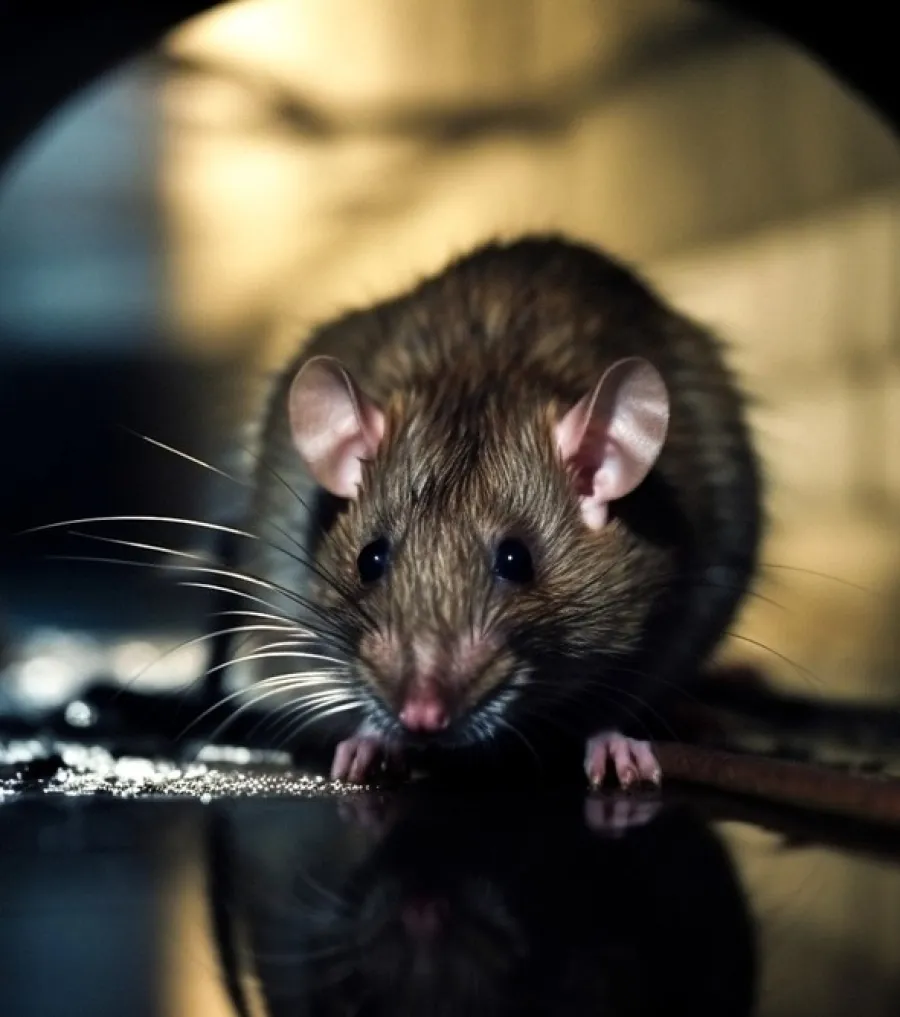
Don’t Miss These Rodent Red Flags
With so much at stake, it's also important to recognize the common warning signs rodent infestations leave behind so you can act immediately when one arises. Here are some telltale warning signs to watch out for:
- Small, dark brown droppings, shaped like rice grains found near food sources
- Urine stains on walls and floors
- Odor originating from urine or droppings
- Damage to wood or other structures caused by gnawing
- Smear marks left by the oil on rodents' backs as they rub up against surfaces
- Ripped up paper or other materials used for nesting
- Food containers that have been torn open or gnawed into
- Scratching sounds coming from walls, ceilings, or basements
- Dead rodent bodies or live rodents, meaning you have a severe infestation





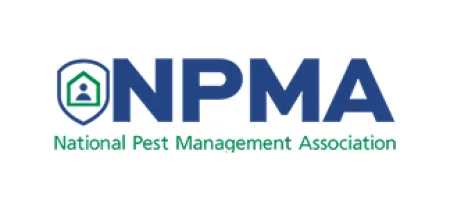
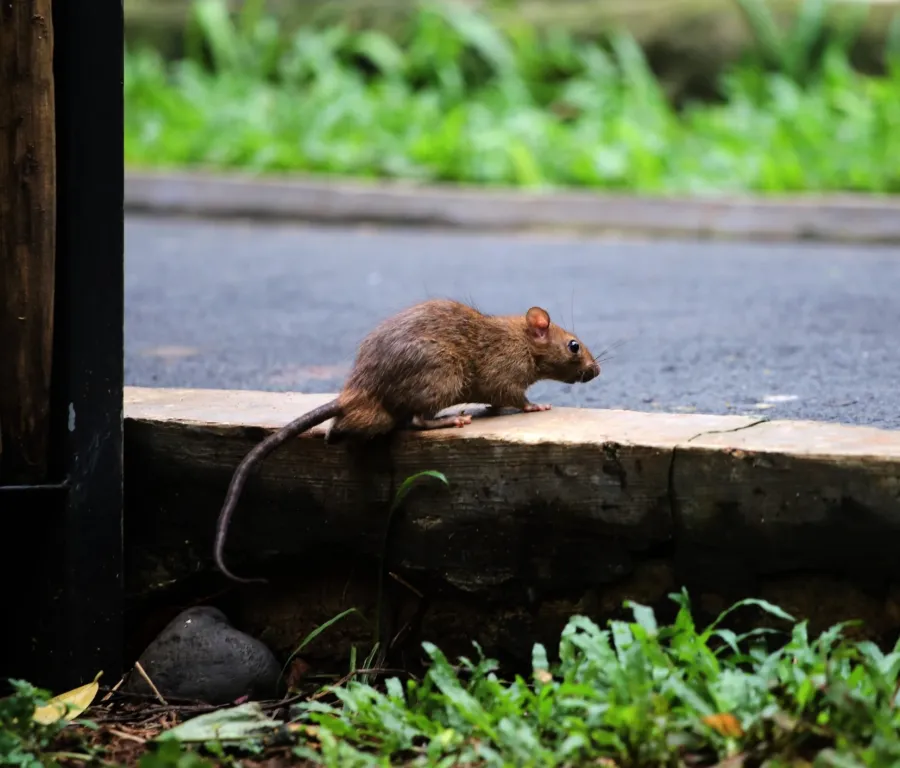
How do I get rid of rodents?
Eliminating rodents from your home can be extremely difficult. Because they are so effective at getting into and out of even the smallest holes, they can reach almost anywhere in your home. Due to their cautious nature, they often won't go for DIY traps, or only will after several days' time, during which the infestation has been steadily growing right under your nose. A mousetrap may stop one rodent or two, but they'll keep coming back unless you take preventative action. Worse, if you fail to eliminate the whole infestation in your home, you can rest assured that it will spring up again - it's only a matter of time.
With all the dangers they bring and the problems they cause, you can't afford to leave your home at the mercy of rodents. Completely eliminating rodents from your property requires the knowledge and experience of a trained professional. Luckily, the pros at Guard Pest Control are perfect for the job.
Guard Pest Control is licensed, bonded, and insured rodent exclusion provider. We will not only eliminate your rodent issue but also be able to help you clean up your home from the damage they caused while preventing infestations in the future. Need help removing pests from your Snohomish home or business? Don't wait: contact us today for a quote on our rodent elimination services and learn about our home pest control and commercial pest control options.


